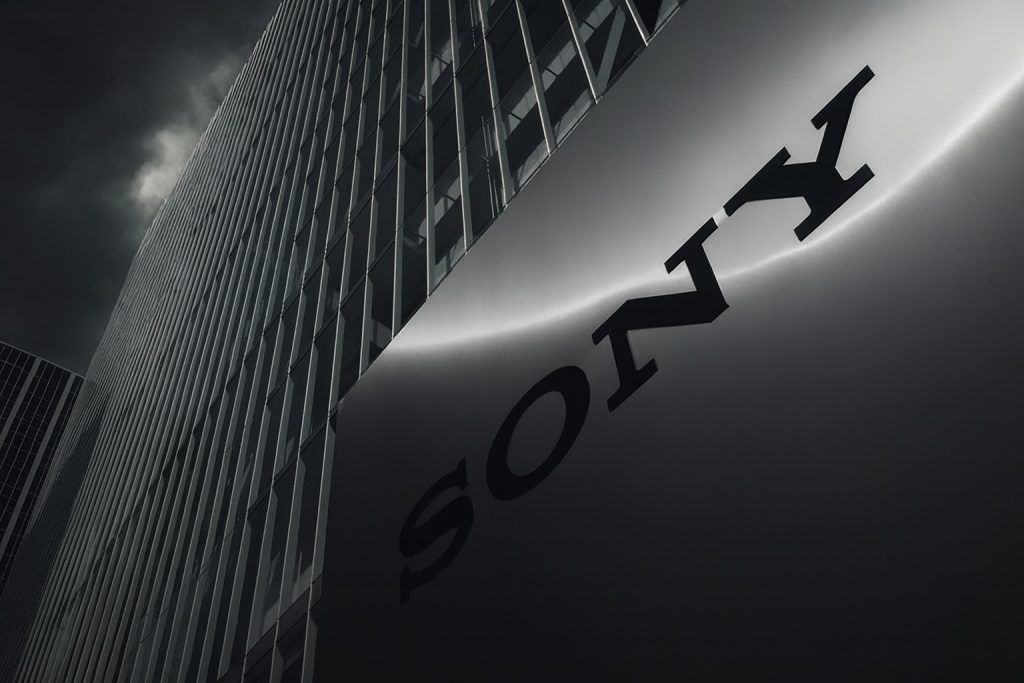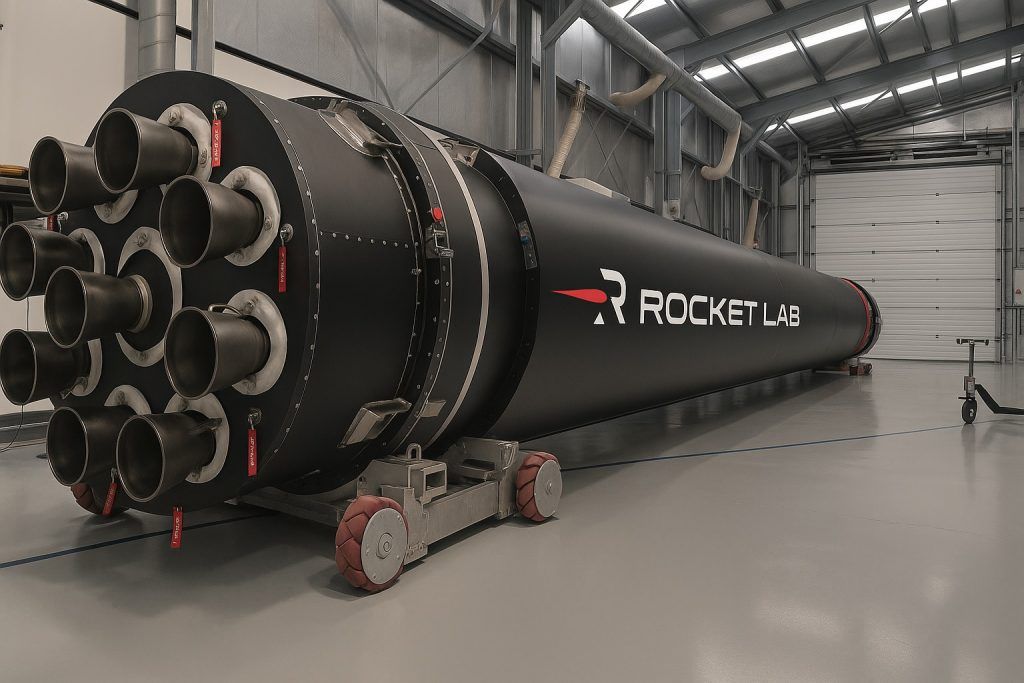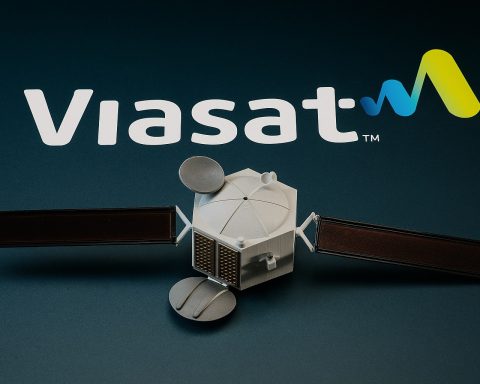Published: November 11, 2025
MIDLAND, Texas — AST SpaceMobile (NASDAQ: ASTS) posted mixed third‑quarter results while highlighting more than $1 billion in contracted revenue commitments and a growing slate of commercial agreements that aim to propel its direct‑to‑device (D2D) satellite broadband service into a phased rollout through 2026.
The numbers: AST SpaceMobile reported Q3 2025 revenue of $14.7 million and a loss of $0.45 per share, missing Wall Street’s estimates (revenue ~$19.9 million; loss ~$0.22 per share). Even so, results improved from the year‑ago period, when the company logged a $1.10 loss per share on $1.1 million in revenue. Shares were little changed around $68–$69 today. [1]
Key takeaways from Q3
- Contracted revenue passes $1B: Management said AST SpaceMobile has “over $1.0 billion in aggregate contracted revenue commitments” from partners as commercialization accelerates. [2]
- Liquidity to fund build‑out: The company cited $3.2 billion in pro forma cash and liquidity, including cash, restricted cash, and availability under its at‑the‑market (ATM) facility, after issuing $1.15 billion of 10‑year 2.00% convertible notes (effective conversion price $96.30). [3]
- Operating profile: Q3 revenue was driven by gateway deliveries and U.S. government milestones. AST reported total operating expenses of $94.4 million (including depreciation and stock‑based comp); adjusted operating expenses were $67.7 million. As of Sept. 30, cash, cash equivalents and restricted cash totaled $1.2 billion. [4]
- Stock and street context: Despite the miss, the stock has surged ~225% year‑to‑date, with analysts modeling $56.4 million of revenue for 2025 and $267 million for 2026 as D2D moves toward commercialization. [5]
Commercial momentum: Verizon in the U.S., stc in MENA, and SatCo in Europe
- Verizon definitive deal (U.S.): In October, AST SpaceMobile and Verizon signed a definitive commercial agreement to bring space‑based mobile coverage across the continental United States beginning in 2026, extending Verizon’s 850 MHz low‑band spectrum via AST’s LEO network. [6]
- stc Group (MENA): AST closed a 10‑year commercial agreement with stc Group, including a $175 million prepayment for future services and a broader long‑term revenue commitment across Saudi Arabia and select regional markets. [7]
- European build‑out (SatCo): Last week, Vodafone and AST SpaceMobile said their Luxembourg‑headquartered SatCo JV will base its European Satellite Operations Centre in Germany as they push a sovereign EU D2D constellation with a “command switch” for European oversight and security. [8]
Why it matters: The strategy leans into a carrier‑first wholesale model—embedding satellite links into existing mobile networks rather than selling directly to consumers. If executed, that approach could let operators blanket dead zones with coverage, keep subscribers on their existing plans, and offload rural and emergency traffic without requiring specialized handsets.
Rollout timeline: intermittent U.S. service first, broader activations in 2026
AST SpaceMobile reiterated a phased commercial activation plan:
- Initial activation with nationwide intermittent service across the continental U.S.
- Early 2026 activations planned in Canada, Japan, Saudi Arabia and the U.K. as more satellites and ground gateways come online. [9]
Separately, industry reporting today indicated near‑term launch timing has slipped by roughly two months versus earlier targets: BlueBird‑6 now expected in the second week of December (an Indian launch), BlueBird‑7 to Cape Canaveral this month with a launch soon after, and groups BB8–BB10 and BB11–BB13 targeted for January. Management is still aiming for 45–60 satellites in orbit by end‑2026. [10]
What to watch next
- Network density vs. service quality: The D2D experience improves as the satellite layer densifies. Investors will watch whether early “intermittent” coverage in the U.S. smoothly transitions to broader availability as satellites and gateways scale. [11]
- Government work and spectrum: Management flagged new U.S. government contract activity and continues to emphasize spectrum assets and partnerships as differentiators. Execution here can smooth revenue between consumer milestones. [12]
- Europe’s sovereign push: The German operations centre and SatCo JV place AST at the center of Europe’s race for home‑controlled D2D capacity, putting it in more direct competition with SpaceX/Starlink as operators weigh multi‑supplier strategies. [13]
- Capital discipline: With pro forma liquidity of ~$3.2B after the new converts, the key will be balancing production cadence, launch slots and ground infrastructure against cash burn and market windows. [14]
Bottom line
AST SpaceMobile missed Q3 expectations but shored up its commercial and financial footing, crossing $1B in contracted revenue commitments, locking in definitive carrier deals, and anchoring a European operations hub with Vodafone. The 2026 commercialization story remains intact, albeit with near‑term launch timing nudged later. From here, sustained satellite deployments, gateway integration, and on‑time regional activations will determine how quickly D2D transitions from intermittent coverage to a mainstream network feature—first in the U.S., then across key international markets. [15]
Sources: Barron’s; Business Wire (AST SpaceMobile Q3 2025 update); Business Wire (Verizon definitive agreement); Business Wire (stc Group 10‑year agreement); Reuters (SatCo Germany SOC); Advanced Television (launch schedule updates). This article is for informational purposes only and is not investment advice. [16]
References
1. www.barrons.com, 2. www.businesswire.com, 3. www.businesswire.com, 4. www.businesswire.com, 5. www.barrons.com, 6. www.businesswire.com, 7. www.businesswire.com, 8. www.businesswire.com, 9. www.businesswire.com, 10. www.advanced-television.com, 11. www.businesswire.com, 12. www.businesswire.com, 13. www.reuters.com, 14. www.businesswire.com, 15. www.barrons.com, 16. www.barrons.com
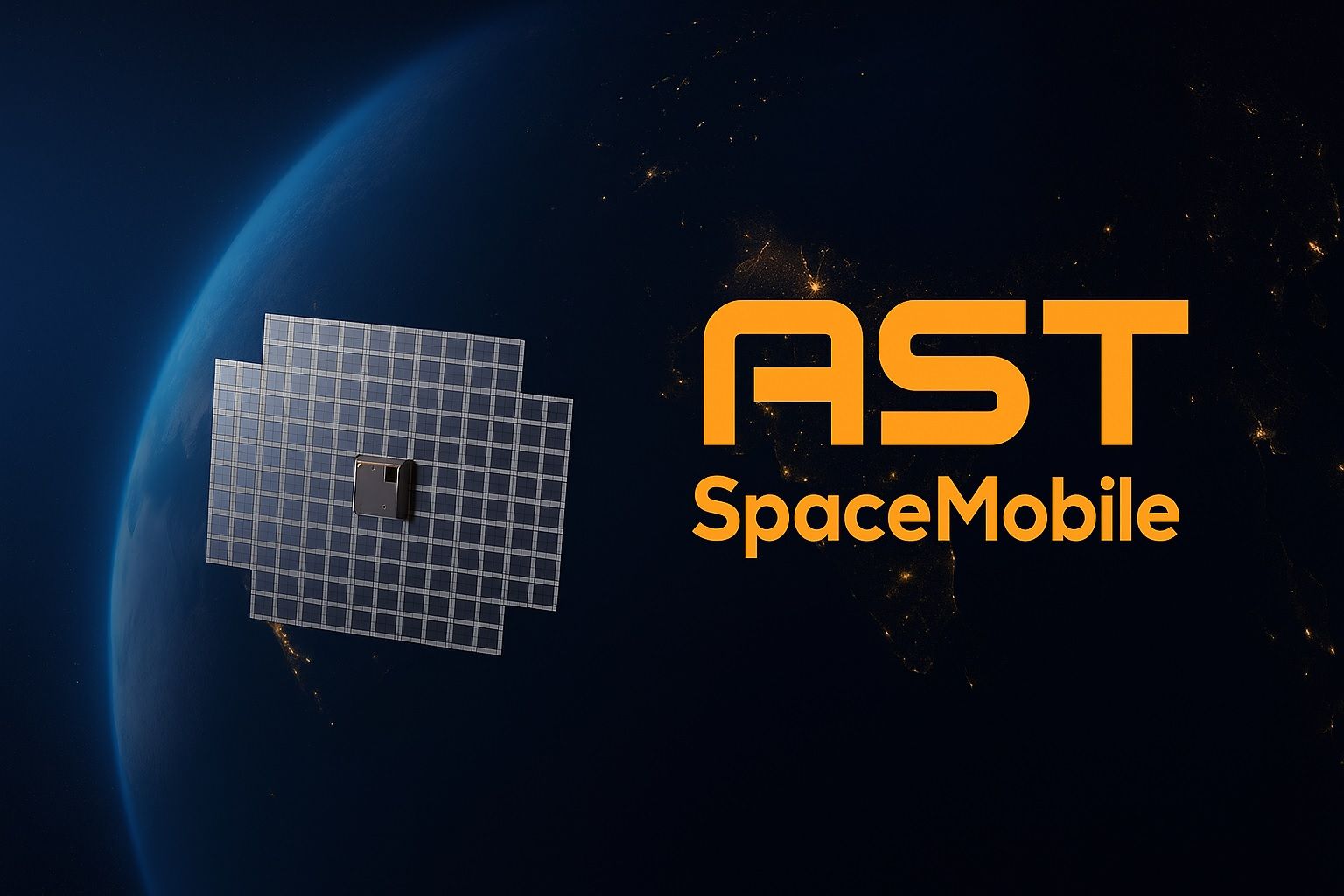


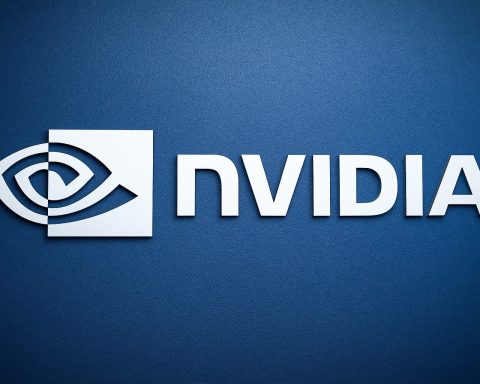

![Plug Power (PLUG) Today: Q3 Results Set the Stage for a $275M Liquidity Pivot, Data‑Center Push, and Fresh Analyst Calls [Nov 11, 2025] Plug Power (PLUG) Today: Q3 Results Set the Stage for a $275M Liquidity Pivot, Data‑Center Push, and Fresh Analyst Calls [Nov 11, 2025]](https://ts2.tech/wp-content/uploads/2025/11/Plug-Power-Inc.-PLUG-1-480x384.jpg)
